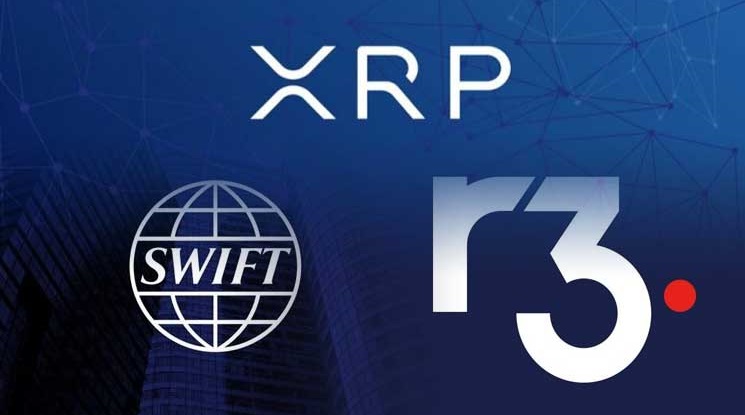
an article written by James Sangalli, co-founder and developer of AlphaWallet
I have been in the crypto industry since 2013 and there have been many surprises both good and bad.
I remember when MtGox imploded, the Ethereum presale and the insane rise and fall in the value of all cryptocurrencies.
But few things have surprised me more than the meteoric rise of Ripple XRP, a currency designed for the banks to cut out costly clearing houses to process cross border currency transactions. It is essentially intended to be a replacement for SWIFT, a messaging protocol which has been used since the 70’s to process interbank transactions.
I got my first hand education on the problem ripple was trying to solve when I joined the largest bank in Australia as a blockchain developer. It was my first developer job and I was excited to hear about the sentiment of cryptocurrencies and the plans the banks had to adopt this technology.
I was quickly woken up by reality however, as I realised our jobs as ‘blockchain experts’ were nothing more than a PR stunt to convince the investors that the bank was always exploring new technologies.
This bank would loudly proclaim they were pro blockchain, investing millions into building POC’s and would then turn around and close any customer account which had keywords such as ‘bitcoin’ or ‘crypto’ in their transaction references…
Now back to ripple, our bank had talked a lot about it’s potential prospects but ultimately decided that using ripple XRP was a big no no.
The reason for this decision was simple, XRP is a public blockchain and the last thing that a bank wants to do is reveal its trades to competing firms. XRP was essentially dead on arrival and had no prospect of ever being used by a big bank like the one I worked for. The fact that you can see such a transaction here proves this point.
The fact that XRP had a native currency which was open to speculators further increased the banks reluctance, as this meant that their cost structure could be at the mercy of market swings.
Instead, our bank decided projects like R3’s corda were a much better match, as this allowed the transactions to be private, had free transactions, no native currency and still retained the ability to track transactions and prevent fraudulent ones.
Such a system allowed any ‘credible’ institution to create states representing assets like US dollars or gold and send them around. This platform even allowed for complex transactions such as atomic swaps/DvP, whereby one bank could trade with another in a single transaction, preventing either party from falling short. An example of such a transaction could be “trade 1300 USD for one ounce of gold, if either the gold input or USD input is invalid, revert the transaction”. You can see such a corda dapp here.
With such a system, there was essentially no need for a blockchain like XRP which had transaction fees, a volatile native currency which was needed to pay network fees and was completely open for anyone to read.
If you want a more indepth look at the relationship between Ripple, SWIFT and ripple labs, check out this article by Marcell Nimfuehr.
I believe that one of the reasons XRP is still trading so high in the crypto market is that people falsely associate ripple labs with XRP the currency.
Ripple labs, the team that built XRP is still working actively with banks on solutions, however, none of these solutions actually use XRP in production. The brand has been falsely correlated with each other.
As of today’s date, XRPs current market cap is around 10.9 billion USD. Most of this value comes from the false speculation of its relationship to the banks.
Caveat emptor XRP holders.
About the author: Linkedin profile
Banking 4.0 – „how was the experience for you”
„To be honest I think that Sinaia, your conference, is much better then Davos.”
Many more interesting quotes in the video below: